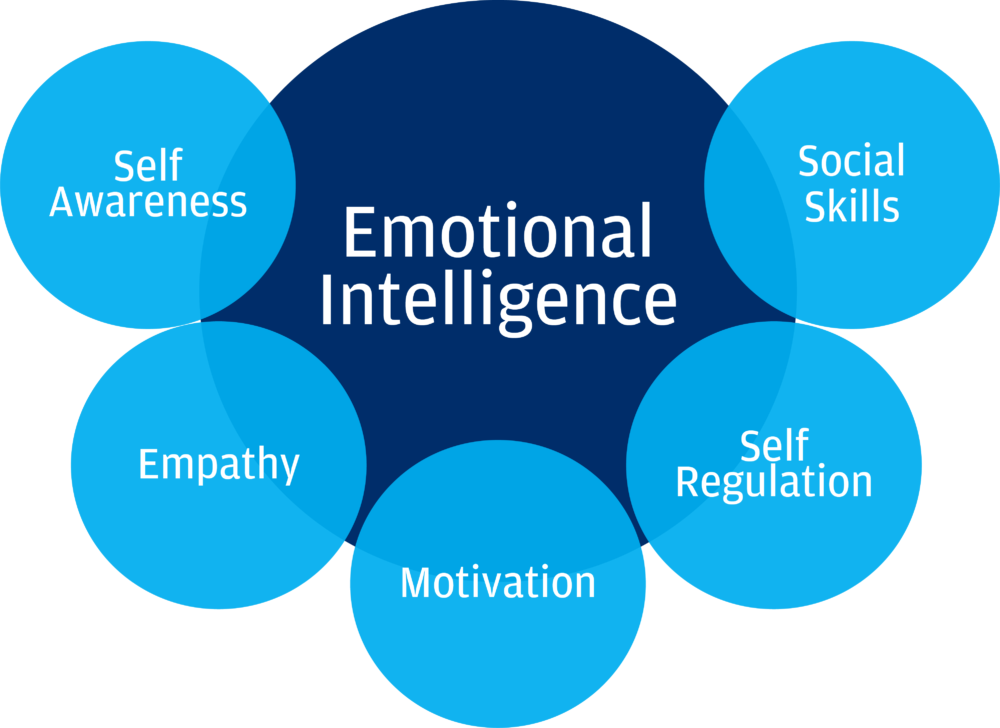How to Craft Emotionally Complex Characters
Photo by Ahmad Qime on Unsplash
Writers are commonly advised to craft complex characters. But what exactly makes a character complex? To answer this question, we must first take a quick dive into an important aspect of human nature.
Anthropologically speaking, humans are a tribal species. We need to band together to survive the dangers of this world, as well as the dangers that other tribes present. To more easily identity friend from foe (and to find a sense of community based on shared identity), we often apply labels to ourselves and those around us.
If I were to ask who you are, you'd likely answer by sharing the labels you feel define your identity, which may include your profession, racial or ethnic background, political or religious affiliations, who you are in relation to your loved ones, what hobbies and interests you enjoy, and so on.
As readers, we carry this same tendency to identify, label, and categorize into our relationship with storytelling, particularly in the way we view characters. A benevolent protagonist is a hero, while a supportive secondary character is their sidekick. An older, wiser character serves as the hero's mentor, and the character to whom they are attracted is called their love interest.
Identifying characters by the roles they play can help us understand and engage with the story. We root for the hero because, well, he's the hero—just as we root for the villain to fail and the love interest to return the hero's affection.
But these aren't the only labels we apply to the characters in the stories we consume. In fact, we love our labels so much that we've taken to categorizing characters into archetypes (i.e. broad character classifications that transcend genre and medium). Common character archetypes include:
The Warrior
The Orphan
The Maiden
The Crone
The Joker
The Seductress
The Ruler
The Rebel
Common archetypes even include more distinct character identities. Consider the lovable rogue, the mad scientist, and the tortured artist or the chosen one, the girl next door, the gentleman thief, and the gifted child. You can find an extensive list of common character archetypes via IndustrialScripts.com.
There's nothing wrong with identifying characters by the archetypes they embody. Nor with using archetypes as a starting point when crafting characters. As writers, defining the roles our characters play can help us ensure they serve clear narrative purposes, while developing an archetypical cast may help us craft characters that readers love (or love to hate).
The only problem? If we aren't careful, our use of archetypes can pigeon-hole characters into roles that feel overly familiar and unoriginal, leading to one-note characters that never quite feel real.
So, to put it simply, complex characters are those that exist beyond the confines of strict character archetypes. And more often than not, developing such characters has everything to do with exploring and deepening your characters' internal worlds. Allow me to explain…
Moving Beyond Emotional Archetypes
Characters who embody specific archetypes are typically defined, in part, by a handful of core traits and values that determine how they engage with the world around them. The noble-hearted hero is courteous and brave. The lovable rogue is charming, if a bit unprincipled. The tortured artist is brilliant but erratic, and the christ-figure is as wise as they are selfless.
Distinct emotions drive each of these characters: empathy, pain, longing, hope. But we are each of us so much more than the foundational emotions that drive us.
Allowing your characters to break free of the archetypical chains that bind them is key to crafting characters that feel real and complex on the page. This doesn’t mean allowing your cast to act out of character. Rather, to move beyond an archetype is to give readers the opportunity to see the sides of your characters that they don’t often share with the world.
The hard-ass drill instructor that makes your hero’s life a living hell will suddenly seem much more complex if the hero catches them playing tea-party with their daughter, just as the optimistic girl-next-door will feel infinitely more real if readers learn that her smile hides a struggle with mental illness.
In both fiction and real life, instances of conflict and vulnerability are often what allow us to see an alternative side to the person (or character) we thought we knew.
Asking yourself what situations would drive your characters to act against their natures can be an insightful exercise. For example, what would drive your noble-hearted hero to act out of anger or hatred? What would cause your lovable rogue to lose their charm?
Major characters often break from their archetypical roles during key plot points such as the Dark Night of the Soul, when it seems that all is lost.
Consider The Empire Strikes Back, for example. When Leia confesses her love before Han is frozen in carbonite, Han replies, "I know." This snarky response is in line with Han’s role as the lovable rogue, but his unusually somber tone speaks to a far greater depth of emotion than viewers had previously seen.
Your character’s lie (i.e. the core limiting belief that defines their worldview) may also lead them to their breaking point. For example, when Littlefinger betrays Ned Stark in A Game of Thrones, Ned forsakes his belief that one should always act from a place of honor by falsely confessing to treason in a vain attempt to protect his family.
Lending Complexity to Your Characters' Emotional Landscape
Though people are often defined by their most notable traits (e.g. kindness, anger, insecurity), no one experiences such definitive emotions all the time. In fact, most people experience a wide range of emotions each and every day.
Defining the nature of your character's own emotional landscape (i.e. the circumstances that would cause them to experience a wide range of emotions) is a great way to develop your character's emotional complexity.
To complete this exercise, simply pick an emotion and ask yourself what would cause your character to experience it. Seriously, give it a go. Choose a character from your work-in-progress and ask:
What pisses my character off?
What little things bring my character joy?
What makes my character feel insecure?
When, where, or with whom does my character feel most at peace?
Repeat this process with any emotions your interested in exploring: rage, desperation, disgust, amusement, gratitude, jealousy, confidence, bravery, inspiration, etc.
Then, as you write, consider the small ways you can explore your character's emotional landscape on the page. No need to treat this exercise as a to-do list. It's okay if readers never get to see your character disgusted or enraged or feeling overly grateful. Let this exercise simply serve to remind you that your characters can be so much more than the one-note archetypes they embody.
As a bonus, completing this exercise can also help you explore other characterization elements, such as your character's backstory, worldview, and personality.
Defining Your Character's Emotional Intelligence
While exploring your characters' emotional complexity, you may also find it helpful to determine their emotional intelligence (i.e. their level of awareness and control over their emotions, as well as their ability to build and maintain healthy relationships).
Characters with a high level of emotional intelligence will have good communication skills, clear personal boundaries, and a strong understanding of healthy and unhealthy behavior. In addition to being accepting, empathetic, and patient, they’ll understand that they’re not their emotions. They’ll think before speaking and act calmly and rationally rather than impulsively.
On the other hand, characters with low emotional intelligence will be poor communicators. They may be selfish, demanding, needy, or narcissistic, and as such, they’ll likely exhibit toxic or abusive behavior. They don’t know how to manage their emotions, so they speak and act impulsively.
Like any trait, emotional intelligence exists on a spectrum. Understanding the level of your characters’ emotional intelligence can help you better understand how they might act and react throughout your story.
In fact, defining your characters' emotional intelligence may even help you develop their character arc (i.e. the series of events that explore your character’s internal journey). Characters who experience positive arcs typically grow in emotional intelligence, learning how to better manage internal obstacles, establish boundaries, and/or strengthen their relationships.
Characters who begin their stories with a high level of emotional intelligence are more likely to experience a static arc in which they strive to hold true to their values in the face of temptation. Meanwhile, many characters who experience negative arcs begin and end their stories with a low level of emotional intelligence.
Developing your character's internal arc is, in turn, a fantastic way to showcase their emotional complexity on the page. Win-win!
Can you see how so much of what makes a character feel real and believable lies in their emotional complexity? People are complicated, and so your characters should be too.
As a writer, you have very little control over how deeply readers will connect with your story. But in striving to develop emotionally complex characters, you’ll craft a cast that truly comes to life on the page. And in doing so, you’ll set the stage for the right readers to connect with your story on a deeply personal level—a topic I'll discuss more in next week's article.



